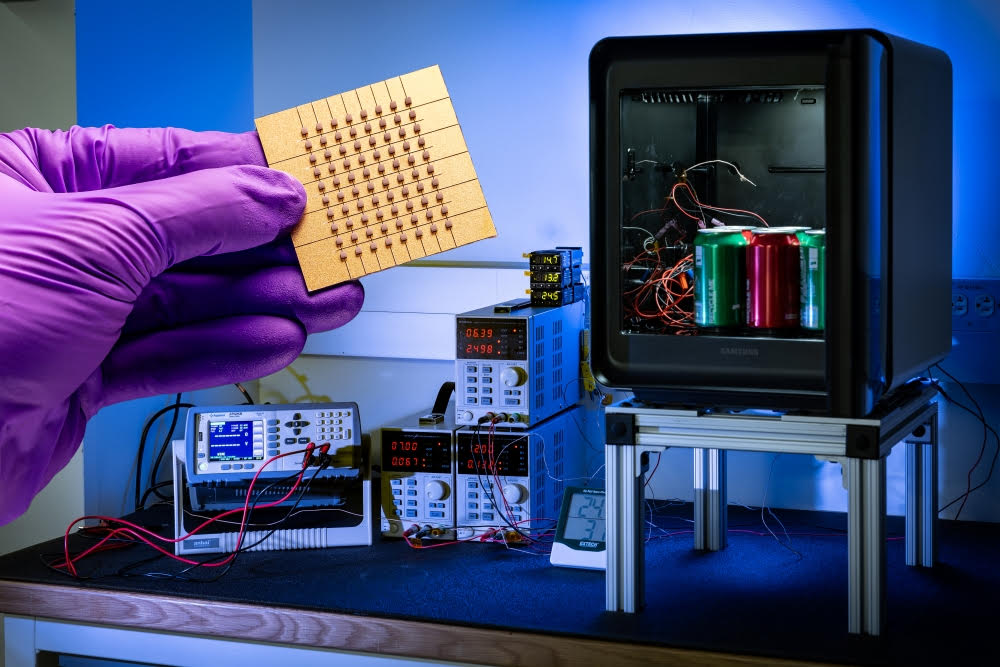Samsung and Johns Hopkins APL unveil breakthrough in solid-state cooling technology

NEW DELHI: Samsung Electronics, in collaboration with the Johns Hopkins University Applied Physics Laboratory (APL), has announced a significant advancement in solid-state cooling technology. The joint research has led to the development of a next-generation Peltier cooling system, marking a potential shift away from traditional refrigerant-based cooling methods.
The collaborative study, titled "Nano-Engineered Thin-Film Thermoelectric Materials Enable Practical Solid-State Refrigeration," was published in the journal Nature Communications. The research details the creation of a high-efficiency thin-film Peltier device utilizing advanced nano-engineering techniques. This innovation achieves a 75% improvement in cooling efficiency over traditional vapor compression systems and significantly reduces material usage, requiring only 1/1,000 of the materials typically needed for such devices.
The Peltier effect, which involves creating a temperature difference across a semiconductor by applying an electric current, forms the basis of this technology. Unlike conventional refrigeration methods that rely on chemical refrigerants, Peltier-based systems offer precise temperature control without harmful emissions, aligning with global efforts to reduce environmental impact.
Dr. Rama Venkatasubramanian, chief technologist for thermoelectrics at APL, emphasized the scalability of the technology, noting its potential applications ranging from home appliances to automotive electronics and data centers. The thin-film design not only enhances performance but also simplifies manufacturing processes, paving the way for mass production and broader adoption.
Samsung's Life Solution Team, led by Executive Vice President Joonhyun Lee, collaborated closely with APL researchers to validate the system's performance through rigorous testing and thermal modeling. The results demonstrated the system's capability to maintain efficient cooling under practical operating conditions, reinforcing its viability for commercial use.
This development represents a significant step toward sustainable and efficient cooling solutions, with the potential to transform various industries by providing an eco-friendly alternative to traditional refrigeration technologies.










